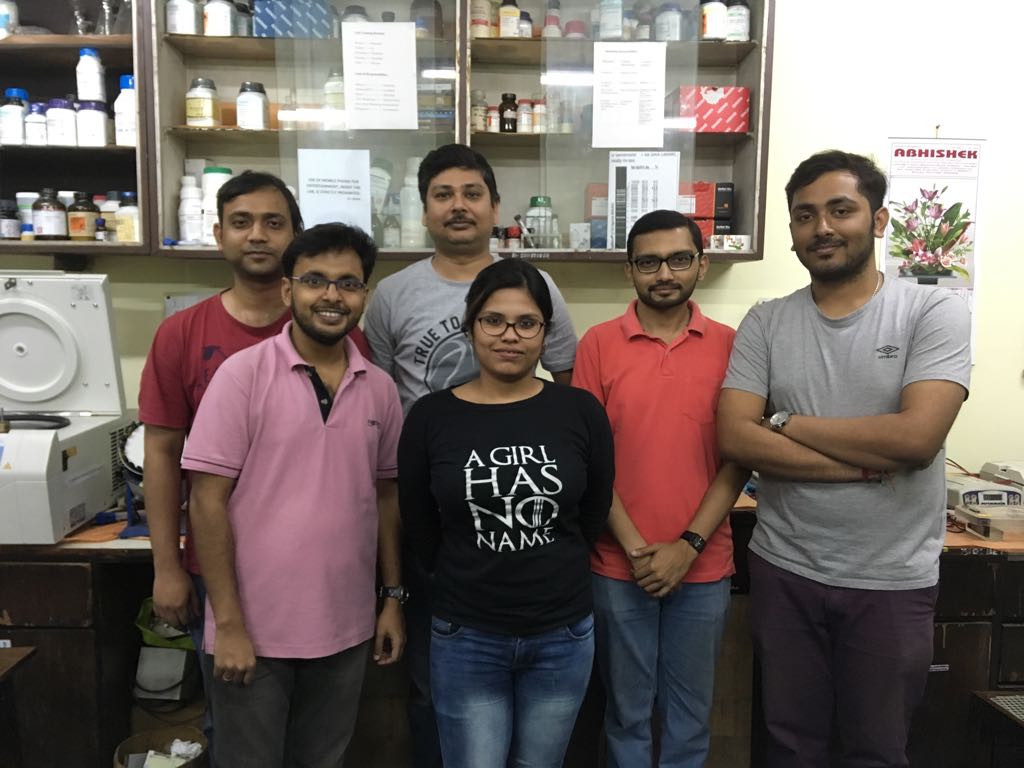A group of researchers from Kolkata’s Bose Institute have found two microbes that can reduce arsenic in plants.
The study was led by the institute’s assistant professor of biochemistry department Abhrajyoti Ghosh.
West Bengal has the maximum number of arsenic-affected persons in the country – over one crore in eight districts (South and North 24 Parganas, Nadia, Howrah, Hoogly, Bardhaman,Malda, Murshidabad), according to a report, submitted in the Lok Shobha in March 2017. The arsenic scare in West Bengal is very real.
During the study to monitor the influence of microbes in the growth of plants in saline condition, the researchers discovered two microbes – “Kocuria flava” and “Bacillus vietanamensis” – in the rhizosphere (the microbiological zone in direct contact with the root of the plant) of goran (Ceriops decandra) trees, the predominant vegetation of Sundarbans. These species churn out chemicals, helping in the plant growth in saline environment apart from protecting the plants from arsenic exposure.
Kocuria flava can tolerate 35 mm of aresnite – the ion form of arsenic – while the other one, Bacillus vietanamensis, has the limit of 20 mm of arsenite.
As arsenic is present in the irrigation water of several West Bengal districts, plants are “breathing in” the contaminated water in their tissues, which are killing plants if the arsenic concentration goes beyond the tolerance level.

Generally, in highly arsenic contaminated areas, “farmers plant few trees before the crop production that have the ability to suck out the arsenic.” Inherently, they accumulate arsenic and can tolerate arsenic more proficiently than other trees,” said Ghosh.
The researchers are not too keen on reducing arsenic chemically as it would hamper crop production largely.
They are yet to apply this technique in drinking water, but Ghosh said, “If the method works in irrigation water, theoretically we can reduce the arsenic proportion in the drinking water too.” However, the mechanism would be difficult and time consuming, but it would open up new possibilities in curing arsenic diseases which are on the rise in Bengal.

